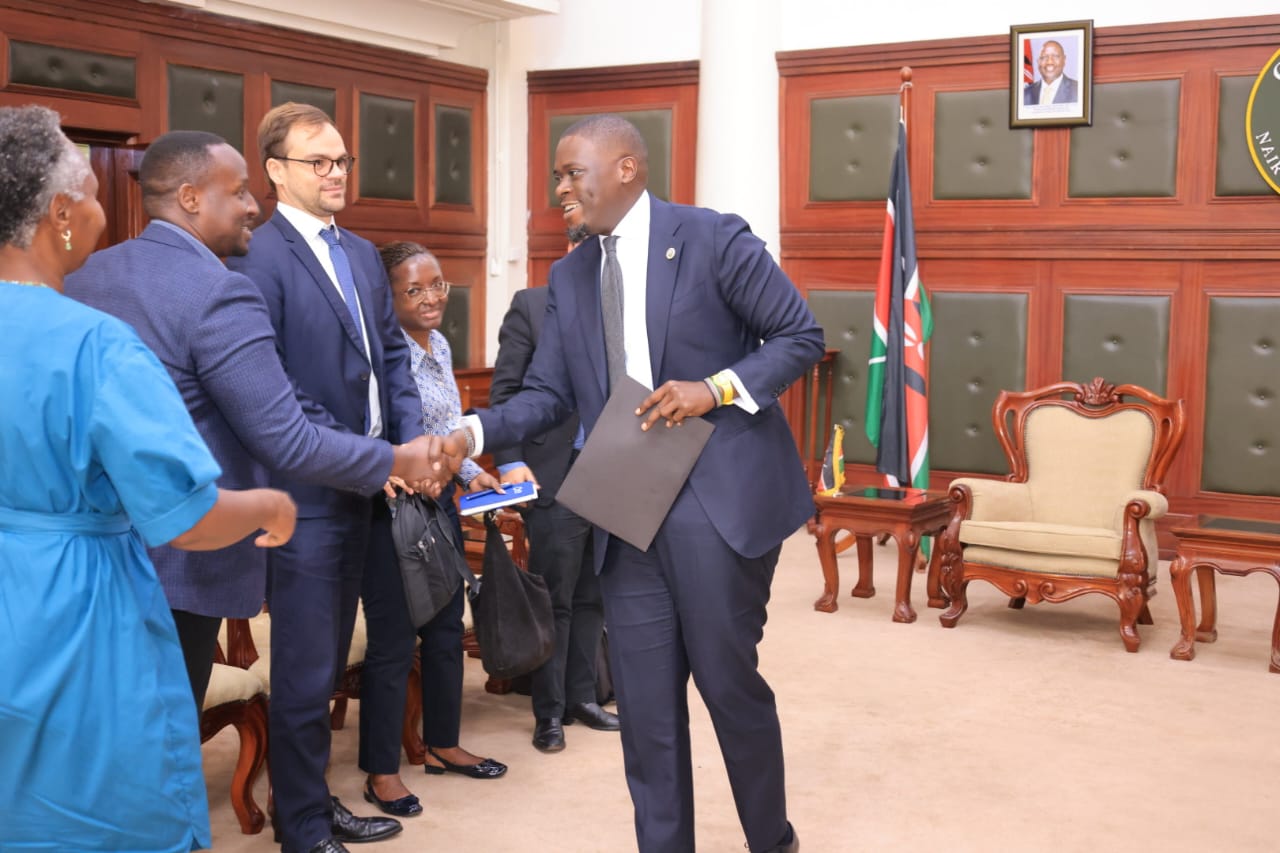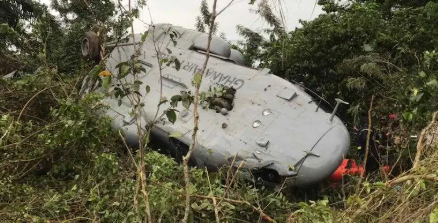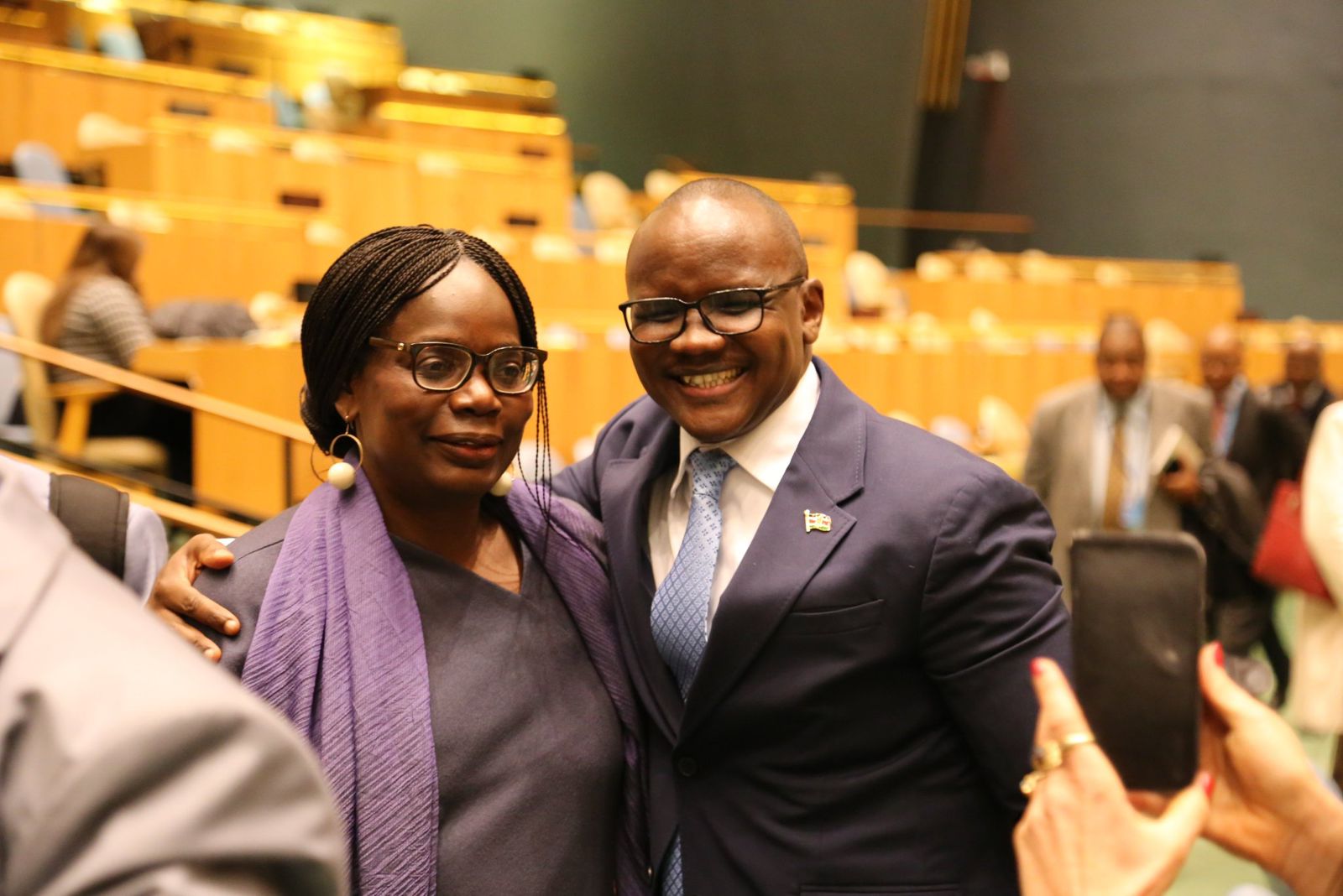Nairobi secures Sh43.4 billion funding for Green BRT Line 3 project

The BRT system is part of Nairobi's broader urban mobility plan, which includes pedestrian-friendly infrastructure, non-motorised transport options, and smart traffic management technologies.
Nairobi has secured Sh43.4 billion (€320 million) in financing from international partners to develop the Clean Core Bus Rapid Transit (BRT) Line 3, a transformative project aimed at easing traffic congestion and promoting sustainable urban mobility.
The European Investment Bank (EIB), French Development Agency (AFD), and the European Union (EU) approved the funding after months of negotiations with Nairobi County.
More To Read
- Sifuna questions Nairobi County’s directive to move hospital accounts to Sidian Bank
- City Hall cracks down on Illegal billboards, seeks Sh500 million in unpaid fees
- Senate summons CS Chirchir over 13-year road functions deadlock
- Sakaja, MCAs agree on new housing policy and tenant reinstatement plan
- MPs push back against Sh10 million road fund cut per constituency
- Nairobi County moves to formalise and regulate childcare sector
Speaking during a meeting with the funding partners on Wednesday, Nairobi Governor Johnson Sakaja hailed the project as a critical step in improving the city's transport infrastructure.
"This funding represents a boost to Nairobi's transportation infrastructure. Our partners have approved €320 million for the Clean Core BRT Line 3. This is a historic moment for our city," he said.
The first phase of the project will involve constructing a 12-kilometre route from Dandora to Kenyatta National Hospital (KNH) along Juja Road, with the second phase extending to connect Tala to Dandora and KNH to Ngong.
The BRT system will feature electric buses, aligning with Nairobi's goals to reduce greenhouse gas emissions and improve the quality of urban life.
"This isn't just about buses; it's about transforming how our people live, work, and move. Cleaner, safer, and more efficient transportation will uplift the livelihoods of millions of Nairobians," Sakaja added.
Preliminary designs and feasibility studies for the project are complete, with construction set to begin in early 2025.
The BRT system is part of Nairobi's broader urban mobility plan, which includes pedestrian-friendly infrastructure, non-motorised transport options, and smart traffic management technologies.
In September 2024, the Kenya Urban Roads Authority (KURA) announced plans to implement the Sh7.3 billion BRT Line 5 along Outer Ring Road, financed by the Korean Exim Bank in collaboration with the South Korean Economic Development Cooperation Fund.
The 10.4-kilometre line will feature advanced infrastructure such as dedicated bus lanes, electric vehicle (EV) charging stations, and safety systems including CCTV and Vehicle Enforcement Systems.
Nairobi's five BRT lines are part of the Nairobi Integrated Urban Development Master Plan to combat vehicular congestion in the city.
With the Clean Core BRT system, commute times are expected to drop significantly, benefiting residents and businesses while enhancing the city's sustainability efforts.
In addition, Sakaja called on stakeholders to support the project. "This is a partnership for Nairobi's future. We are determined to deliver a world-class transport system for our people," he said.
The BRT system aims to reduce greenhouse gas emissions and provide a cost-effective and efficient mode of transport for Nairobi's diverse population aimed at providing a more sustainable and technologically advanced public transportation system in Nairobi.
BRT is part of the Nairobi Integrated Urban Development Master Plan, which is being implemented to end vehicular congestion in the CBD.
To decongest the city, the Nairobi Metropolitan Area Transport Authority (NAMATA) gazetted five BRT lines, which are in different phases of development. They include;
Line 1, Ndovu, runs from Limuru-Kangemi-CBD-Imara Daima-Athi River and Kitengela.
Line 2, Simba, runs from Rongai-Bomas-Langata Road-CBD-Ruiru-Thika and Kenol. It is 70 per cent complete and will be implemented in two pilot phases.
Phase one will start from Kasarani to Kenyatta National Hospital while the second phase will begin from Ruiru and terminate at KNH. It will consist of 13 intermediate stations with 24 platforms.
A park-and-ride facility is also being erected at Kasarani. It will enable motorists heading to the CBD to leave their vehicles and use BRT buses for the remainder of the journey.
Line 3, Chui, runs from Tala-Njiru-Dandora (Juja Road)-CBD-Show Ground (Ngong Road) and Ngong.
Line 4, Kifaru, comprises of East and West. The East one runs from Mama Lucy Hospital-Donholm (Jogoo Road)-CBD.
The West one runs from CBD- T Mall-Bomas-Karen and Kikuyu.
Top Stories Today












































